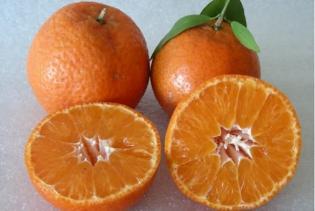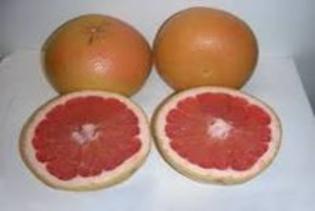EVALUATING UF950 ON DIFFERENT ROOTSTOCKS:

UF950 is a seedless and easy to peel mandarin cultivar developed by UF/IFAS Citrus Research and Education Center, Lake Alfred. Its fruit size is similar to clementine with dark orange in color both internally and externally. It is very sweet in taste and matures in December. Here at NFREC we have evaluating this cultivar for more than six years. We have evaluated its yield and other fruit quality characteristics. It has shown great cold tolerance in north Florida. In our previous research trials, UF950 was evaluated just on two rootstocks i.e., swingle and US897. In our new research project, we are evaluating UF950 on eight different HLB and cold tolerant rootstocks from citrus breeding programs at UF and USDA. The main objective is to identify the best rootstock for 950 which can produce good quality and high yield while limiting the chances of alternate bearing.



